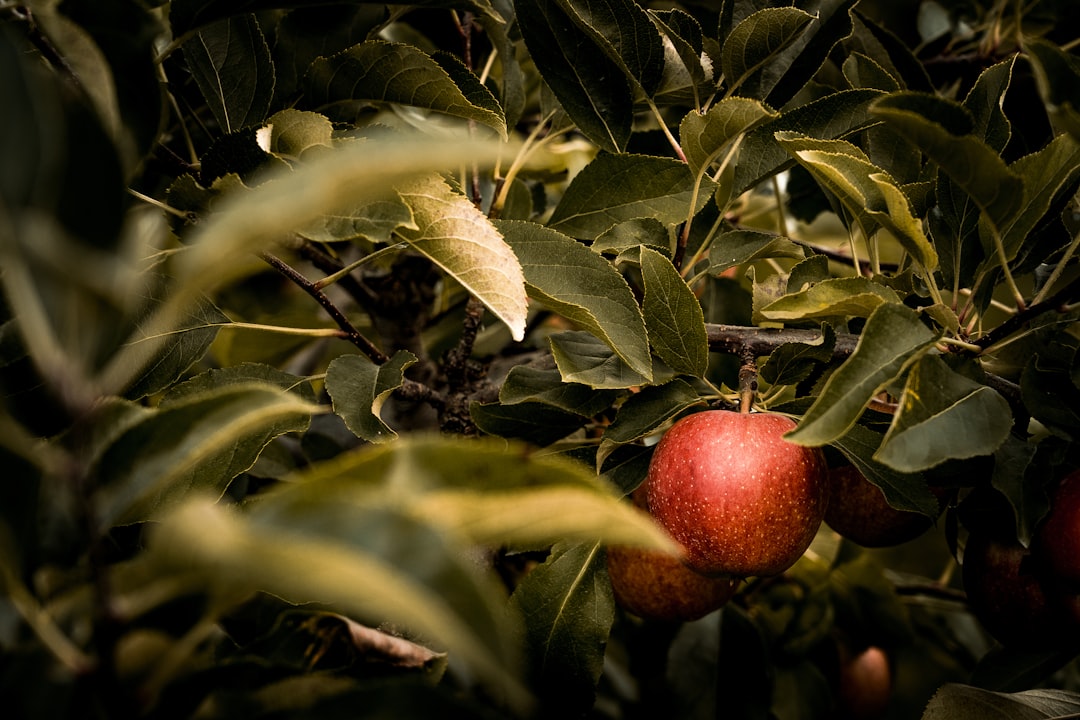Unleash the Blossoming Potential of Your Gardenias

When it comes to gardening, caring for trees, shrubs, and vines is a rewarding endeavor. Among the many beautiful plants in the garden, gardenias stand out with their fragrant and elegant flowers. However, to ensure that your gardenias reach their full flower - power potential, using the right fertilizer is crucial. Here are some must - know tips on using gardenia fertilizer that will help you boost your plant's blooming ability.
Firstly, understanding the nutritional needs of gardenias is essential. Gardenias are acid - loving plants, which means they thrive in soil with a pH level between 5.0 and 6.5. They require a balanced supply of nitrogen, phosphorus, and potassium, along with other micronutrients such as iron, magnesium, and manganese. Nitrogen is important for leaf growth and overall plant health, phosphorus promotes root development and flower production, and potassium helps with disease resistance and stress tolerance.
When choosing a fertilizer for your gardenias, look for a product specifically formulated for acid - loving plants. These fertilizers usually have a higher concentration of sulfur, which helps to lower the soil pH. A slow - release fertilizer is also a great option as it provides a steady supply of nutrients over an extended period, reducing the risk of over - fertilization. Some gardeners prefer organic fertilizers, such as compost, manure, or fish emulsion. Organic fertilizers not only provide nutrients but also improve the soil structure and increase its water - holding capacity.
Timing is another critical factor in fertilizing gardenias. The best time to fertilize gardenias is in the spring, just as new growth begins. You can also give them a second application in early summer to support continued growth and flower production. Avoid fertilizing gardenias in the fall or winter, as this can stimulate new growth that may be damaged by cold temperatures. When applying fertilizer, follow the instructions on the product label carefully. Over - fertilizing can lead to excessive foliage growth at the expense of flowers, and it can also cause root burn and other problems.
Proper application of fertilizer is key to ensuring that your gardenias can absorb the nutrients effectively. Before applying fertilizer, water the soil thoroughly to moisten it. This helps to prevent the fertilizer from burning the roots. Sprinkle the fertilizer evenly around the base of the plant, keeping it at least a few inches away from the trunk. Then, gently work the fertilizer into the top layer of soil using a rake or a hand trowel. After applying the fertilizer, water the plant again to help the nutrients penetrate the soil.
In addition to using the right fertilizer, other factors can also affect the flower power of your gardenias. Adequate sunlight is necessary for gardenias to produce flowers. They prefer partial shade, especially in the afternoon when the sun is strongest. Too much direct sunlight can cause the leaves to burn and reduce flower production. On the other hand, too little sunlight can result in weak growth and fewer flowers.
Watering is also crucial for gardenias. They require consistent moisture, but they do not like to sit in waterlogged soil. Water your gardenias deeply and regularly, especially during dry periods. However, make sure the soil has good drainage to prevent root rot. Mulching around the base of the plant can help to retain moisture, suppress weeds, and regulate soil temperature.
Pruning is another important aspect of gardenia care. Regular pruning helps to shape the plant, remove dead or diseased branches, and encourage new growth. Prune your gardenias after they have finished blooming, usually in late spring or early summer. Use sharp, clean pruning shears to make clean cuts, and avoid over - pruning, as this can reduce flower production.
By following these tips on using gardenia fertilizer and providing proper care, you can boost your gardenia's flower power and enjoy a beautiful and fragrant garden. Remember, gardening is a journey of learning and experimentation. Pay attention to the needs of your plants, and make adjustments as necessary. With a little patience and effort, your gardenias will reward you with an abundance of stunning flowers year after year.